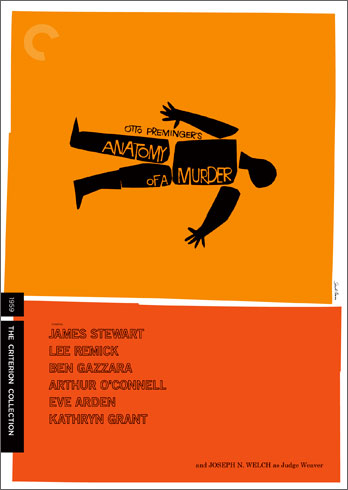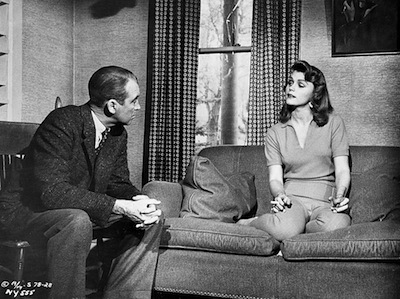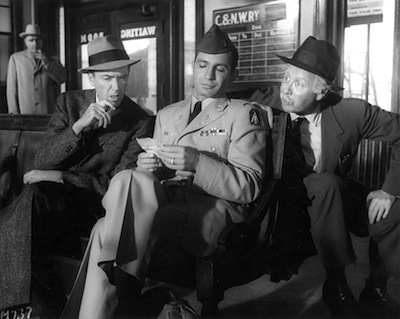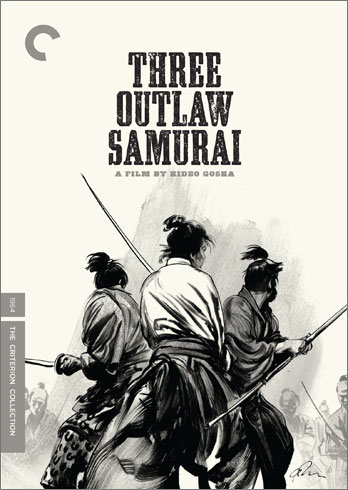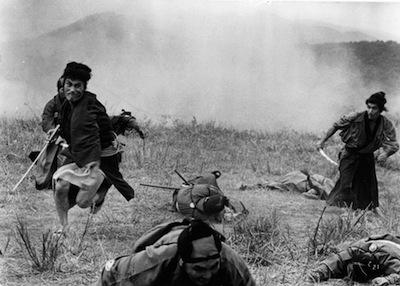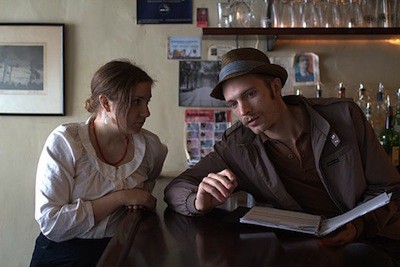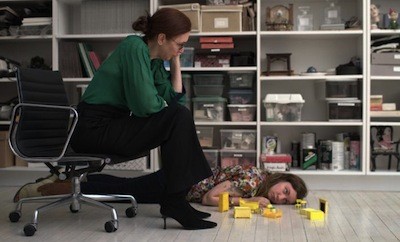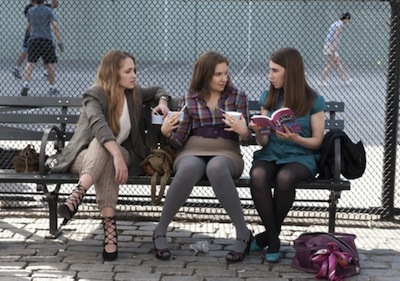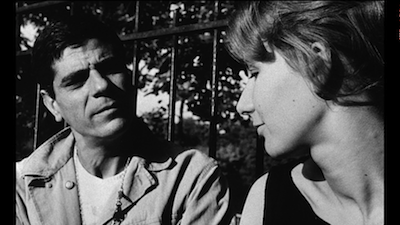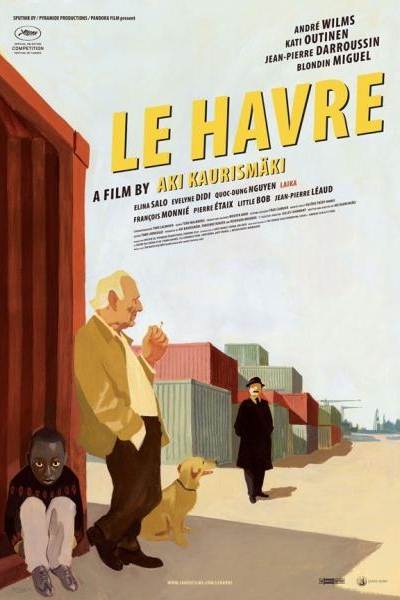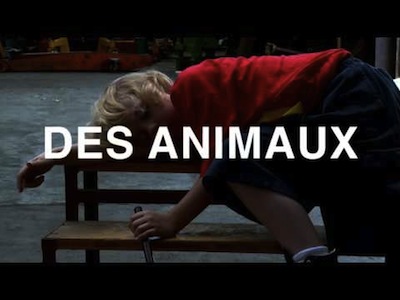The next time you hear someone grousing about how movies are only supposed to be 90 minutes long and anything over two hours is an affront to their patience, hand them a copy of Otto Preminger's Anatomy of a Murder. After they have sat through the entire 161 minutes, if they start arguing about where the movie allegedly goes long or give a hint that they were ever bored, even for a second, stop talking to them immediately. Leave the room (or kick them out if it's your house), delete their number from your phone, and cut them out of your life immediately. Life's too short for you to need someone like that in your life.
The term "perfect film" shouldn't be bandied around lightly. It's a distinction that should be reserved for a movie like Anatomy of a Murder. The 1959 production is a lot of things: it's a legal drama, a social parable, and a relationship picture. It has humor, menace, and even grisly crimes. It touches on deeper issues of friendship, the bonds between man and wife, and the difficult ethical quandaries that go hand in hand with a complex system of justice. Sure, there are no real fistfights on screen, but we sure hear the details of a lot of off-screen action. About all Anatomy of a Murder really lacks is romance.
Anatomy of a Murder was written by Wendell Mayes (The Stalking Moon [review]) from a novel by Robert Traver. Traver was the pen name of Judge John D. Voelker, who had served as a defense attorney in Michigan in the early 1950s and was counsel on the original murder case that this story was based on. In the movie, the lawyer is called Paul Biegler, and he is played by James Stewart. Paul is a confirmed bachelor and a small-town counselor with passions for jazz music and fishing. In fact, he was out on a lake with rod and reel when Army Lieutenant Frederick Manion (Ben Gazzara, The Strange One [review]) walked into a bar and shot the owner six times. Manion did it because he believed the bartender had raped his wife, Laura (Lee Remick, A Face in the Crowd
Most of Anatomy of a Murder is given over to the trial, including the investigation on Biegler's part that not only leads up to the start of the proceedings, but is also woven into them. Helping Paul out is his secretary Maida (Eve Arden, Grease
Upon release, Anatomy of a Murder caused a scandal for its frank use of words like "sperm" and "panties." Those words have since lost their ability to shock, but the details that come out about the actual attack have not softened over time. Nor has our outrage over how Laura is treated by authorities in order to minimize what was done to her. On the contrary, these days, we are probably more sensitive to it. What makes Anatomy of a Murder amazing, however, is that even as we react to Laura's horrific story, we can't help but wonder if we really believe her. As in any true crime tale, every participant has many reasons to lie. We never really entertain Manion's defense of temporary insanity, and yet, we also somehow collude in this bending of the truth. Our weighing of the case is often not based on whether any of the actions were right or wrong, just which guy was more rotten--the murderer or the one he killed.
To be honest, Ben Gazzara is lucky to have Jimmy Stewart on his side. The former is oily and cocky, whereas the latter, of course, has a certain homespun, trustworthy charm. Both actors always appear to be thinking, but where Gazzara is understandably inscrutable and shifty, Stewart's motivations always seem clear. He is a man solving a puzzle, consistently trying to work out the next move. It's because we like him so much that we root for the case to go his way--which may have been Preminger's point in casting him, to challenge our sense of justice by drawing on our prior allegiance to a movie star and perhaps expose our own prejudices in the process.
Anatomy of a Murder is packed with talent from top to bottom, from the famous credits sequence by Saul Bass and all the way through with every note of Duke Ellington's snazzy score. Preminger's narrative is smart and insightful, and his mis-en-scene is light on its feet. He uses the real environments to capture an accurate image of the average American town, including both the sense of true community and also those who are marginalized from the "mainstream." Paul Biegler serves as a sort of cultural nexus for the time. As Laura Manion puts it, he's a funny kind of lawyer. He employs old-fashioned common sense in how he approaches a trial, and yet he smokes small cigars and plays piano in juke joints. He is progressive about race and sex, and yet a guy of staunch moral fiber. You have a sense that he'd likely get on just fine in the decade that was just to come. He might even grab a drink with Atticus Finch and trade some war stores.
So, too, does Anatomy of a Murder sit in this sweet spot between the old and the new. Its matter-of-fact writing was progressive and daring, and yet this is pure entertainment in the tradition of Hollywood's Golden Age. It's intelligent and strident in purpose, but Anatomy of a Murder never forgets that its primary duty is to hold the audience's interest. It's easy to watch, even if it doesn't go easy on the viewer and resort to simple representations of difficult issues. Every scene advances the narrative, and every shot is constructed to impart the essential information with clarity and style. There is not a hair out of place, and at the same time, not a moment that doesn't feel spontaneous. No matter how many times I see it, it always feels fresh and new, like it's my very first time, and when the credits roll, it's tempting to just skip back to 1 and start the whole thing again.
For a complete rundown on the special features, read the full review at DVD Talk.
Please Note: The images used here are from promotional materials, not from the Blu-Ray.
